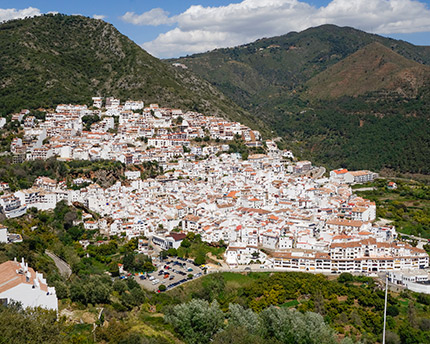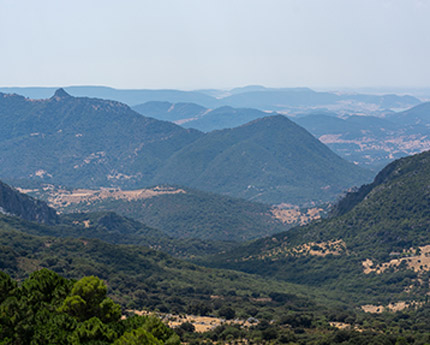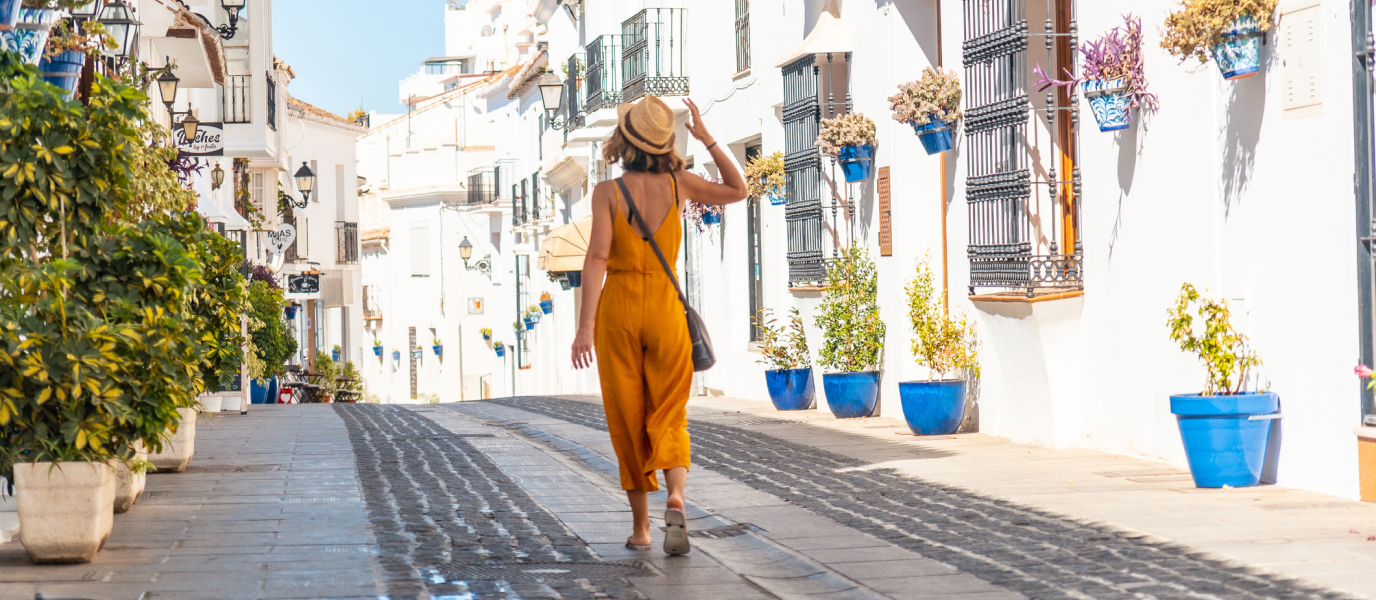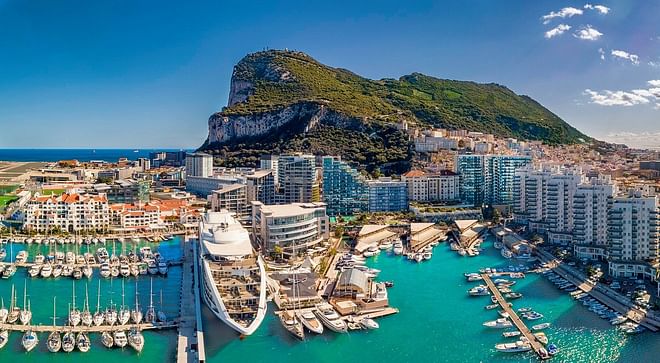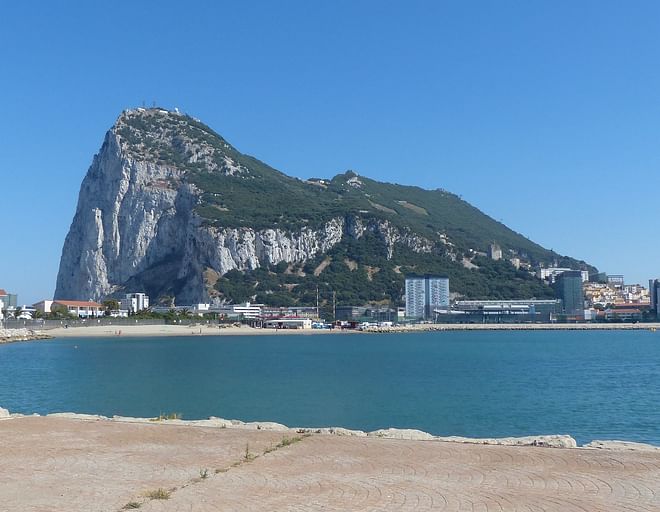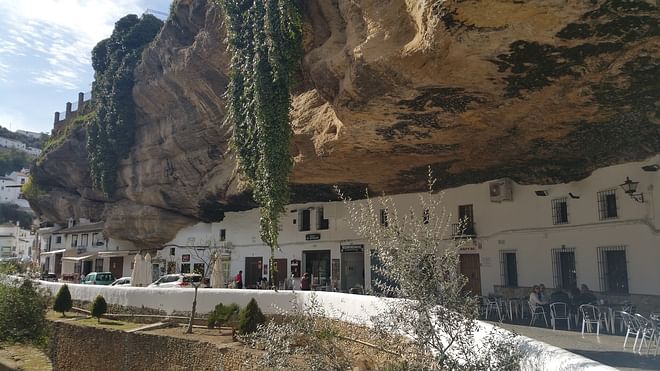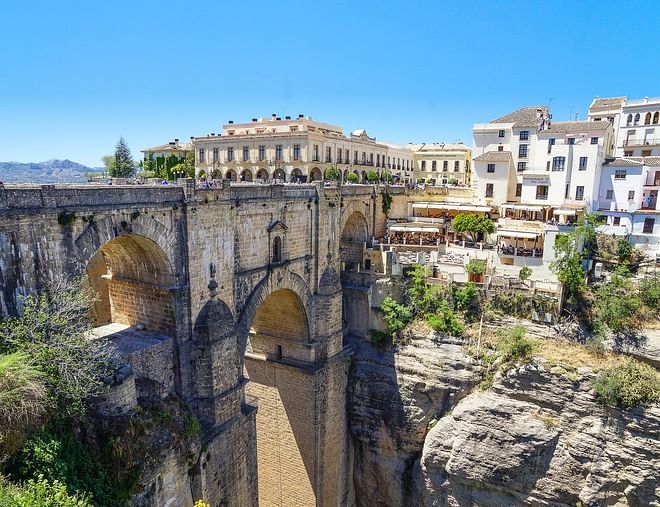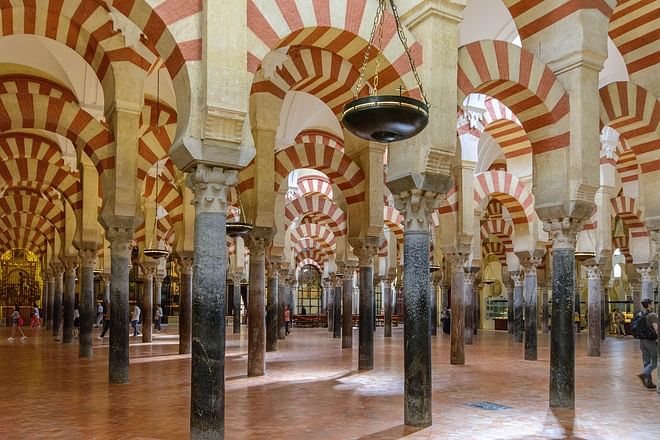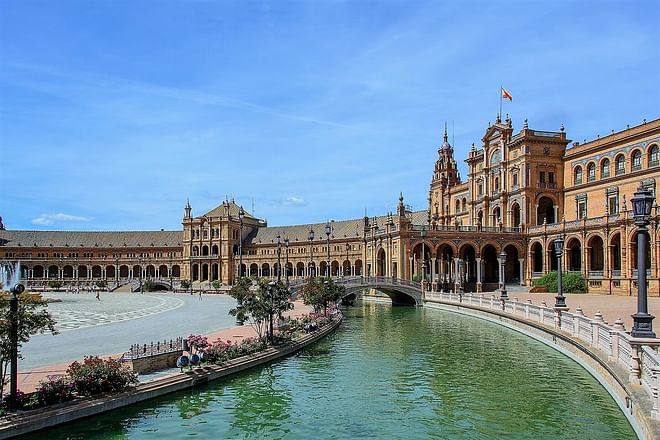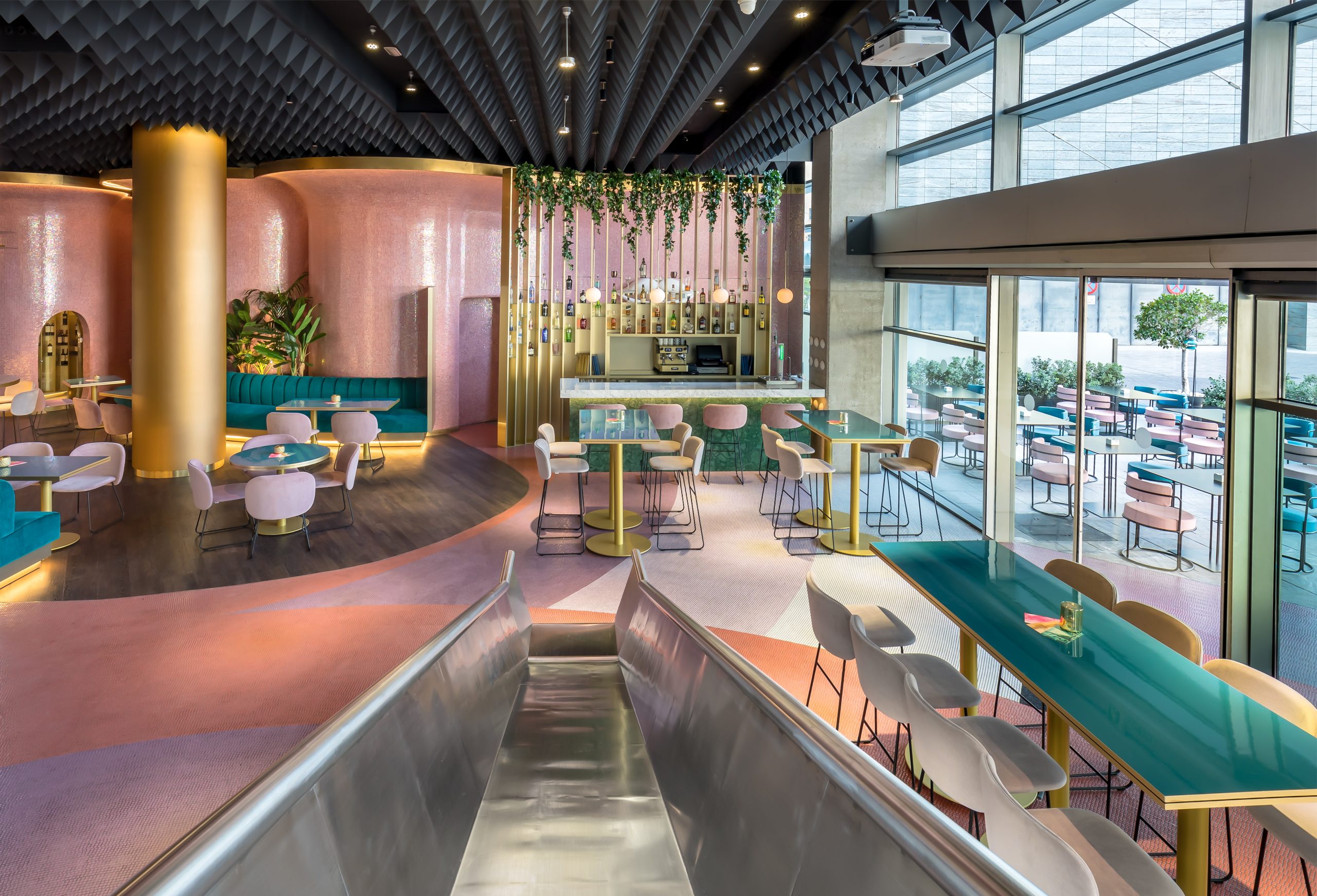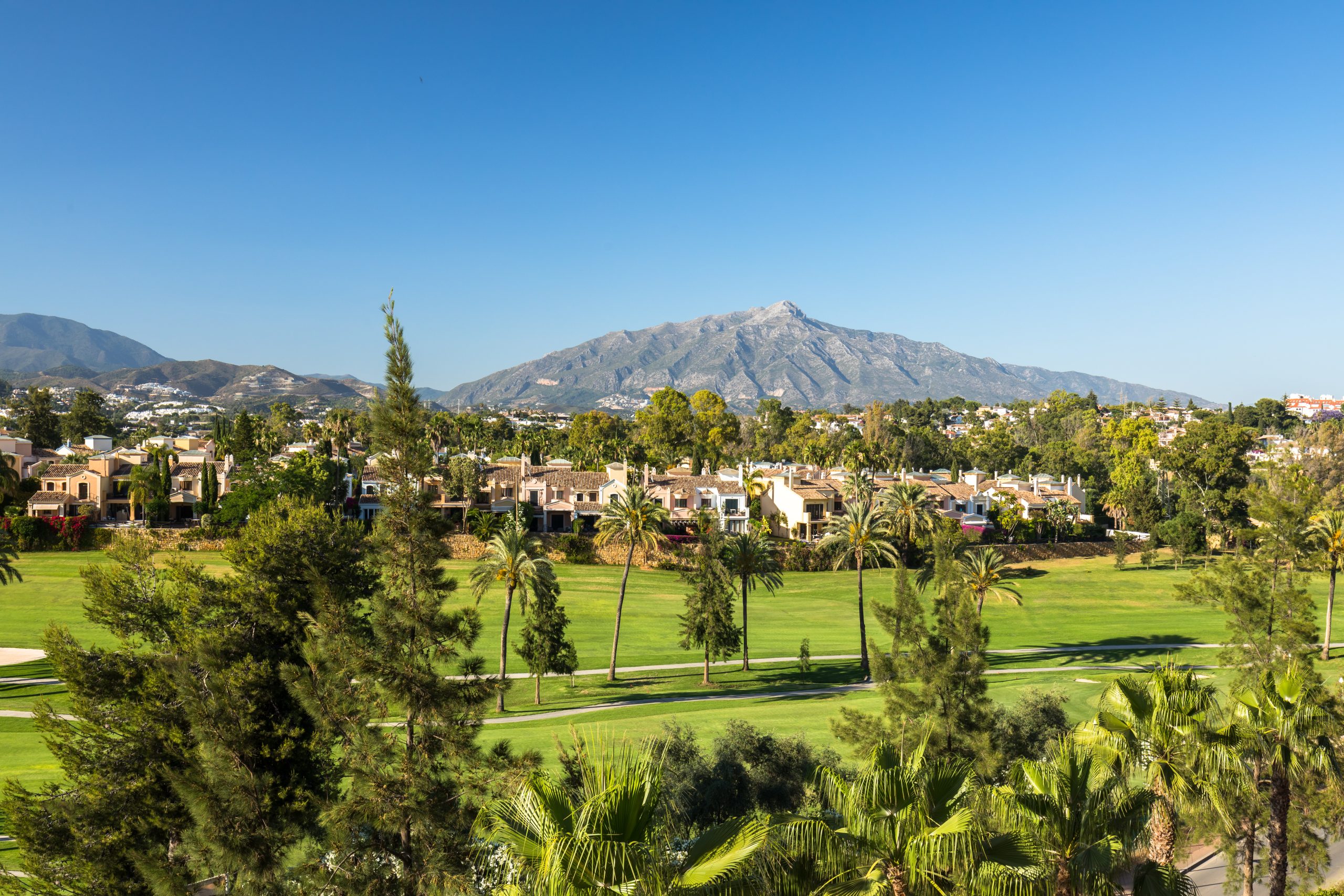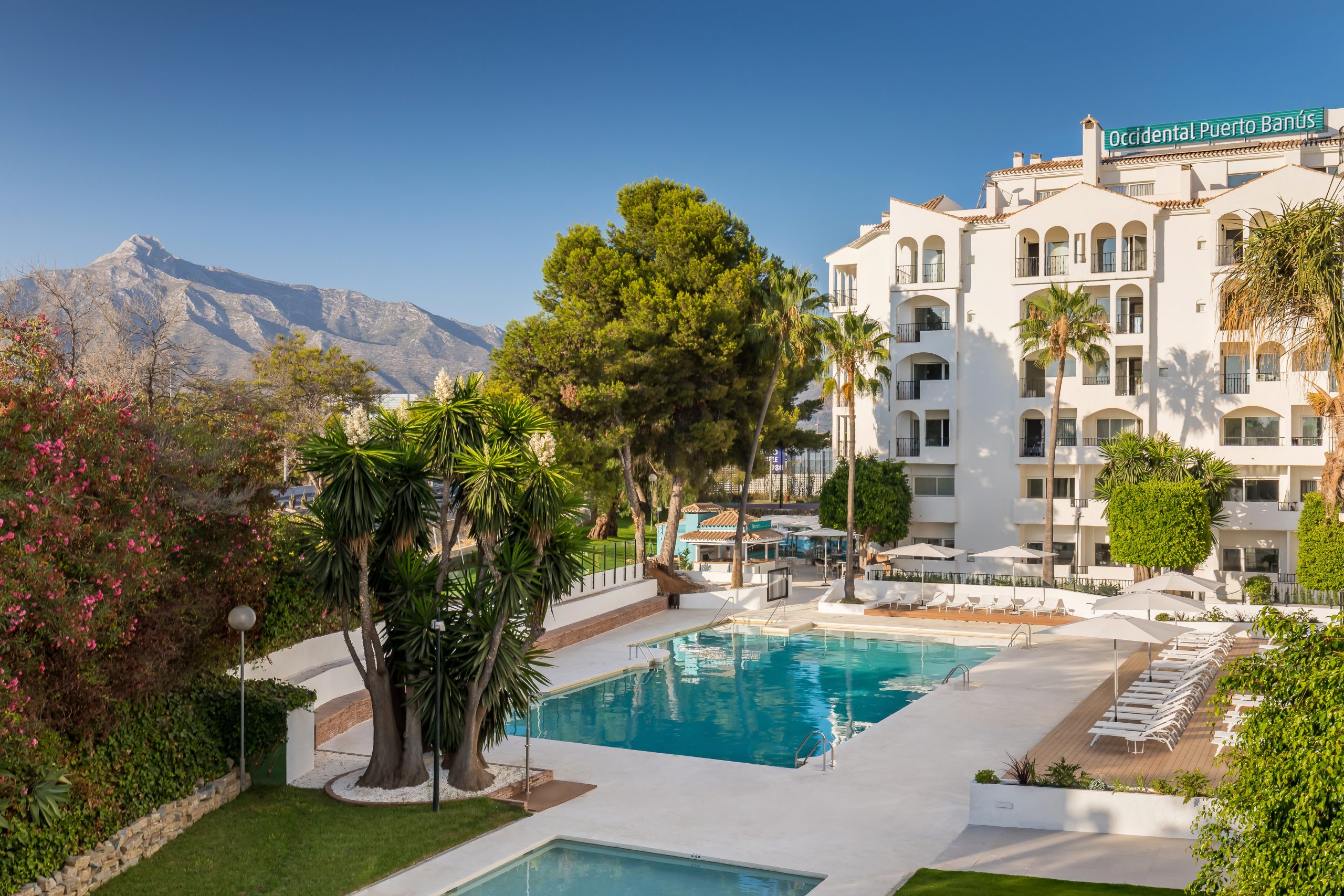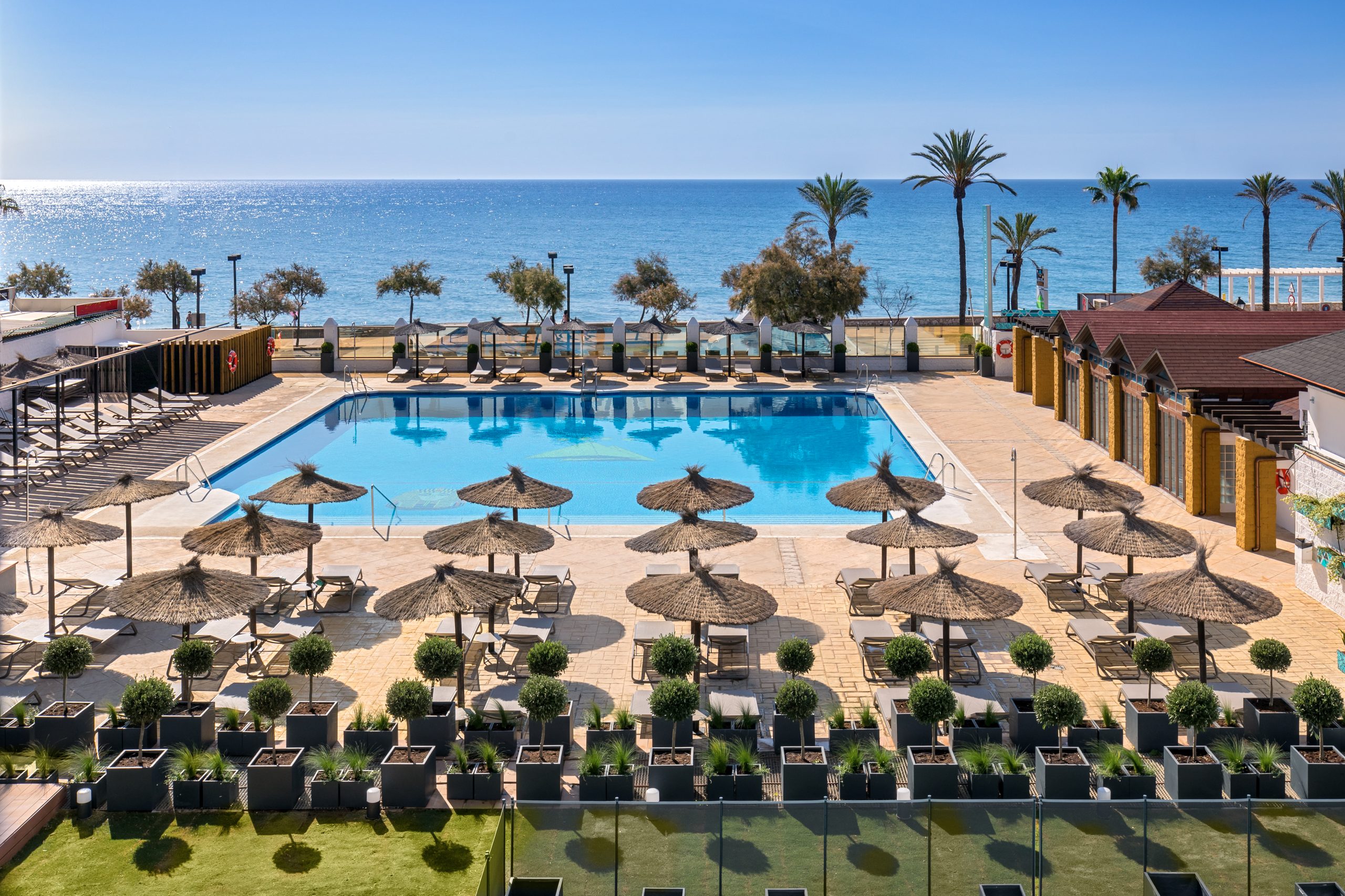Antequera is considered to be the nerve centre of Andalusia. Through this town pass the main routes connecting Málaga and Córdoba, Granada and Seville. Apart from its interesting location, the area’s unique natural features have attracted people to settle here since the Palaeolithic age. The various archaeological sites in Antequera allow us to track civilisations since prehistoric times.
Founded by the Romans as Anticaria, and known during the time of Moorish rule as Medina Antakira, development outside the town walls began in the sixteenth and seventeenth centuries. Antequera’s defining era would be the eighteenth century, when it was a flourishing centre for trade. Nowadays, to approach this town, less than 50 kilometres from Málaga (link interno), is to enter one of the richest areas of Andalusia, in all senses of the word. History, art, archaeology and gastronomy join forces to offer a unique combination.
What to see in Antequera
The first stop for visitors should be at the town’s impressive range of archaeological sites, mainly concentrated on the Antequera Dolmens. This complex is made up of the Dolmen de Menga, Dolmen de Viera and the Tholos de El Romeral cultural monuments—as well as the Peña de los Enamorados [Lovers’ Mount] and El Torcal, outstanding features of the natural landscape. The area has been a UNESCO World Heritage Site since 2016.
The Antequera Dolmens Site
To appreciate these megalithic structures, we recommend you visit the Dólmenes de Antequera interpretation centre, less than two kilometres from the town centre. Admission and parking are both free. It is truly awe-inspiring to see what human beings were capable of creating 6,500 years ago, in the Neolithic Age. The complex is one of the most outstanding examples of this type of monumental architecture in the whole of Europe.
- Dolmen de Menga. This is situated in the first enclosure, and its colossal dimensions cannot fail to impress. The dolmen is a network of tombs linked by passages, in which the recesses are marked out by huge vertical and horizontal stones. Its features make it unique on the Old Continent.
- Dolmen de Viera. Located close to the Dolmen de Menga, this is the type of dolmen usually found on the Iberian Peninsula, orientated towards sunrise at the two equinoxes. This means that the sun penetrates through to the burial chamber. The structure clearly highlights the importance of the seasons to Neolithic agricultural communities.
- Tholos de El Romeral. This stands in the second enclosure, around two kilometres from the other structures. In addition to noting its unusual dome and orientation, one can only immerse oneself in its history and admire its concentric chambers, as well as the techniques underlying its construction.
The Peña de los Enamorados
The first settlers must have chosen to locate their dolmens here on the basis of their spectacular views. The significance of the natural setting reaches a new level with the realisation that the Dolmen de Menga is orientated, contrary to all expectation, towards the Peña de los Enamorados. The view of this limestone crag from the Dolmens of Antequera is quite magical. These archaeological remains date from the Early Palaeolithic Age. The crag’s distinctive shape resembles that of a reclining woman. Go and have a close look, as it is only 12 kilometres from the town. Ask about the tragic medieval Romeo-and-Juliet-style legend, or take the opportunity to follow a hiking trail around the summit.
El Torcal de Antequera
El Torcal, around 15 kilometres from Antequera, is the ultimate natural attraction. It is accessed via a mountain road with hairpin bends. When you get out of your car, be prepared to see one of the most breathtaking views imaginable—like something from science fiction. The quirky shapes formed by the erosion of the rocks constitute one of the finest examples of karstic landscape.
Their origins date back to the Mesozoic Era, when the region was submerged between the Mediterranean and the Atlantic. There are various routes you can take, depending on how much time you have and how strenuous you would like your hike to be. Let your imagination run wild, and don’t forget to try and work out who or what the different formations look like.
What to visit in the town of Antequera
On your voyage through time, you really should not miss seeing the centre of this town in the province of Málaga. Your overall impression of Antequera will be shaped by its architectural heritage and its cuisine. The town’s historic centre is beautifully preserved, with various monuments which are well worth stopping to look at.
One of the first things you will notice is the large number of churches—over thirty have been built since the Reconquest by the Catholic Monarchs [Ferdinand and Isabella]. This number is all the more impressive when one considers that they are concentrated in a relatively small space, so you can easily take a tour of all the different artistic styles.
The Real Colegiata de Santa María la Mayor bridges the gap between the last throes of the Gothic period and the flowering of the Renaissance; the Convento de la Encarnación is inspired by Granada’s Moorish-style churches, blending Mudéjar and Mannerist influences; the Real Monasterio de San Zoilo dazzles with its Mudéjar-style tracery; the Real Colegiata de San Sebastián boasts an impressive Baroque bell tower, while the Capilla de la Virgen del Socorro is truly unique—a late Baroque structure, but with the red brickwork reminiscent of Mudéjar towers.
Climb up to the Alcazaba hill to immerse yourself in Antequera’s Moorish remains. To reach it, you will need to pass through the Arco de los Gigantes [Giant’s Archway], one of the town’s monumental entrances, dating from the end of the sixteenth century. Climb up to the viewing point, from which you can gaze at the Torre del Homenaje keep in all its splendour, with the remains of the Roman thermal baths and the Peña de los Enamorados as the backdrop.
Make your way to the Plaza del Coso Viejo to visit the Antequera Town Museum, located in the Nájera palace. The museum houses a varied artistic, archaeological and ethnographic collection, which ranges from Prehistory to modern times, and includes valuable pieces such as the Efebo de Antequera [Ephebos], one of Roman Hispania’s most impressive bronze sculptures.
Recommended restaurants in Antequera
This hectic itinerary cannot fail to give you an appetite. Antequera’s cuisine is every bit as impressive as its monuments. The famous porra antequerana [a kind of gazpacho], molletes [soft rolls] or, for those with a particularly sweet tooth, the bienmesabe [almond cream dessert] are all certain to please.
The Las Hazuelas tavern, Arte de Cocina or the Plaza de Toros restaurant are just a few of the eateries that will provide you with wonderful memories of the local fare. What more do you need to make you fall in love with Antequera?
























































